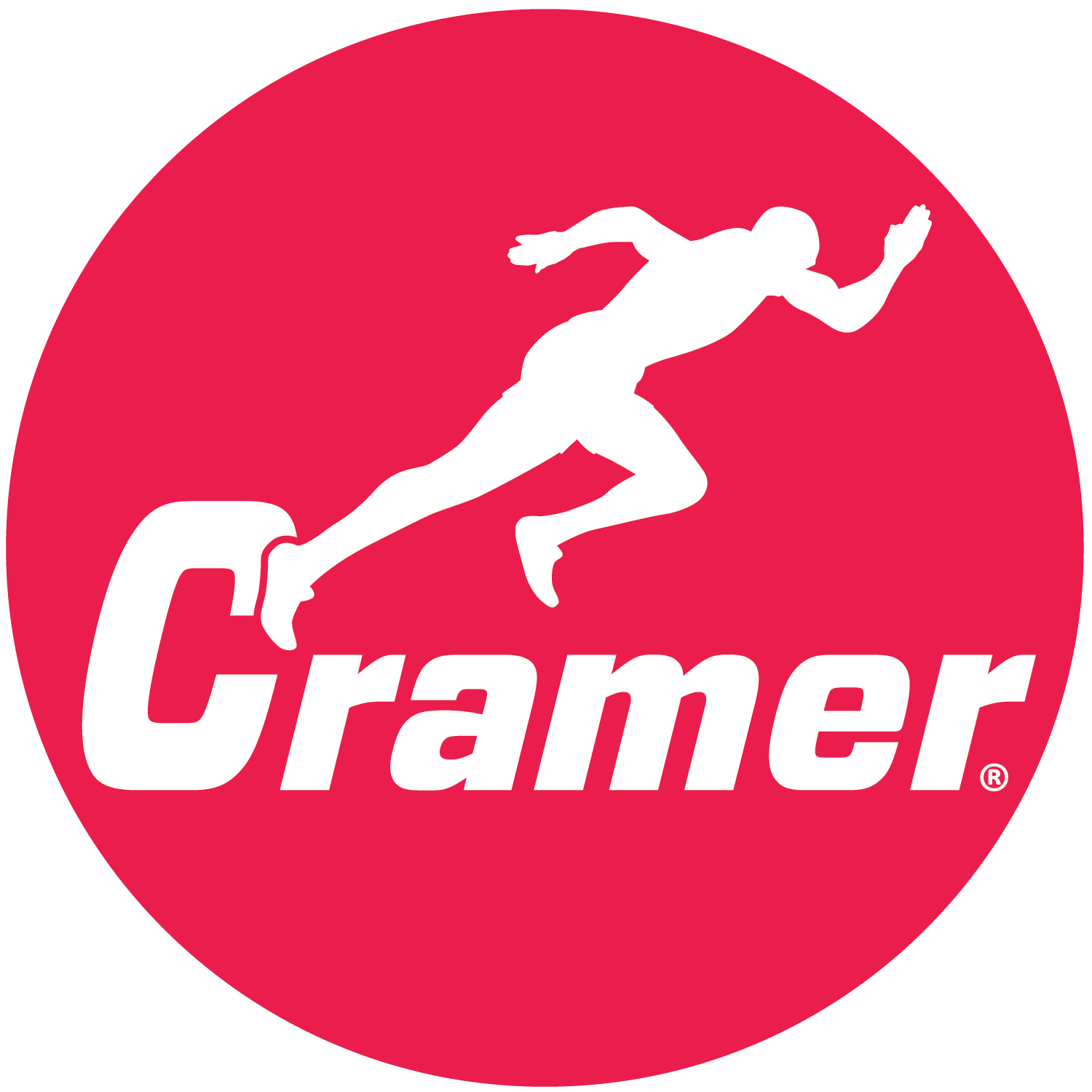
Growing up in Laurel, Md., Collin Francis dreamed of going to med school and becoming a plastic surgeon. That was his plan when he enrolled at a science and technology magnet school--Eleanor Roosevelt High School in Greenbelt, Md. To complete the program’s internship requirement, Collin was connected with Darryl Conway at the University of Maryland. “I figured I’d check in monthly to show Darryl my progress on an anatomy project, and he’d sign my paper. Darryl didn’t see it that way, though. He said, ‘If you’re going to do an athletic training internship, you’re going to do it the right way.’ I had planned to coast through my internship, and instead I was put to work on the sidelines. I remember thinking, what did I get myself into?” Read More
Congratulations to Dustin McNeely of York, S.C., the 2016 recipient of the Jack Cramer Scholarship. The $2,000.00 scholarship was established in 2006 by Cramer Products to honor the memory of Jack Cramer, who believed in mentoring high school students interested in the profession of athletic training. Jack, son of company co-founder Frank Cramer, died in 2004 at age of 86. The scholarship is awarded to a graduating high school senior planning to become an athletic trainer and work in a high school setting. Read More
Spoon Heel Cups…To Prevent “Stone Bruise”
One day I found one of our high jumpers, by the name of Roberts, making a “heel cup.” He had cut the handle off of a serving spoon and was shaping the oval bowl to fit his heel.
The idea has now spread to other members of our track squad and to several football players who complained about heel cleats pressing up against the bone and causing pain.
Since that time the idea has spread to several of the Phoenix high schools. Read More
One definition of the word “eclipse” is to “outdo somebody or something.” With that in mind, it’s easy to see why Active Ankle chose the name Eclipse for the new line of multi-sport rigid ankle braces. The Eclipse I and Eclipse II braces were developed following extensive field research, and perfected through trials with athletes on both the court and the field. Eclipse braces offer best-in-class features that offer maximum support and protection, and improved mobility, comfort and durability. Read More
Congratulations to the Athletic Training Education Program of the University of Delaware--the 2016 winner of the Bill Cramer Professional Development Award. The annual $2,000.00 award was created following the death of Bill Cramer in 2007 to honor his passion and enthusiasm for athletic training education. Read More
